The 2019 HealthTrust Member Recognition Award recipients demonstrate outstanding performance, leadership and service in many creative, meaningful and exemplary ways. They have deployed medical response teams to provide aid during disasters, established committees to improve laboratory stewardship, achieved savings by capturing physician interest in the value-analysis process, and implemented cost-control measures to mitigate hospital pharmacy costs. The members spotlighted on these pages are this year’s honorees during the 2019 HealthTrust University Conference in Nashville, Tennessee.
Maximizing Savings Through Strategic Sourcing
Based in Morristown, New Jersey, Atlantic Health System is a founding member of AllSpire Health Partners, a regional GPO owned by five healthcare systems in New Jersey and Pennsylvania. AllSpire leverages local and regional contracts, and in 2016, all five of its members voted to join HealthTrust to take advantage of more savings at the national level.
Atlantic Health leaders were accustomed to starting with GPO contracts and then further negotiating on their own to obtain better pricing, says Eric Brauer, Atlantic’s account director. “Atlantic Health had a successful way of negotiating contracts, and it’s never easy to move away from something that works,” Brauer says. “However, they soon began experiencing the benefits, as well as recognizing and identifying the contracts and situations where they could further negotiate while using HealthTrust contracts.”
Atlantic Health started out as No. 1 in compliance among the five AllSpire healthcare systems, and it had an organizational goal to maintain that spot. In addition to the cost savings, this goal was a driving force for Atlantic Health to take advantage of all the potential benefits of its HealthTrust membership.
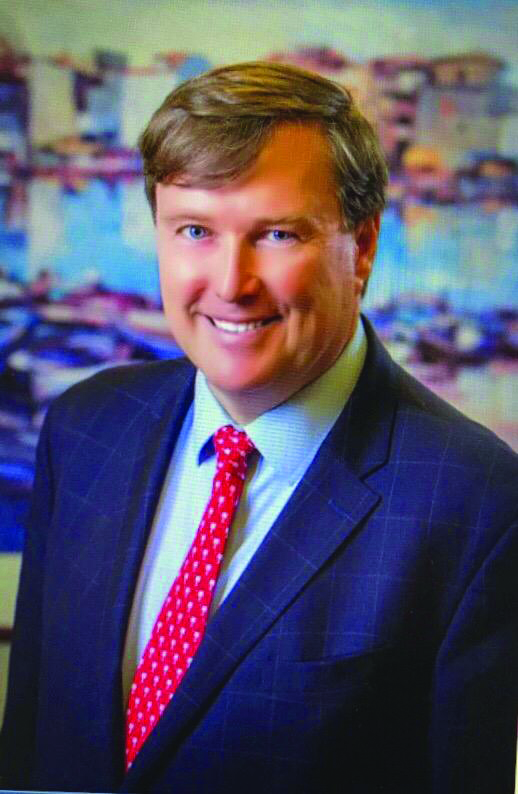
To do that effectively required commitment from the top. Chief Financial Officer Kevin Lenahan started by communicating to all facilities that a GPO change was coming and shared the value and importance of supporting that change while maintaining the system’s core values and vision.
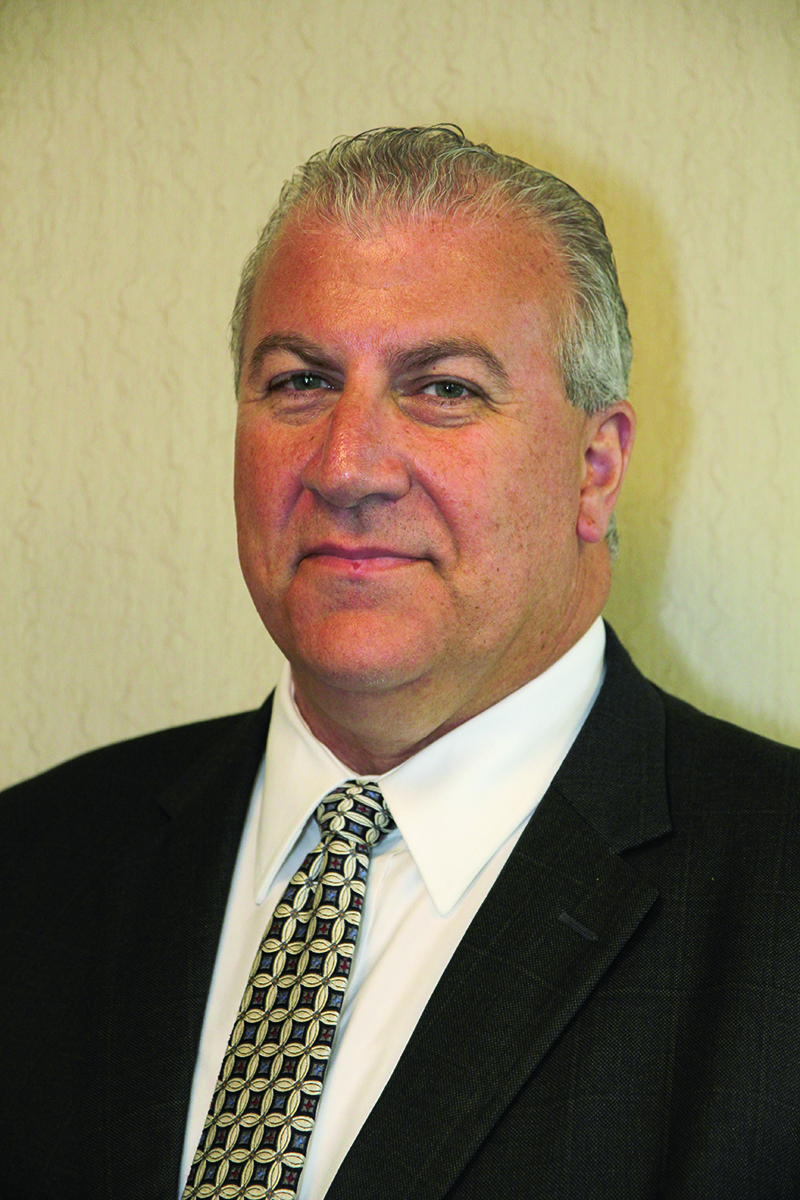
Atlantic Health System’s strategic sourcing leaders Stephen Albanese and Adisa Mesalic worked closely with Brauer to evaluate and modify their strategic sourcing processes, moving local contracts to Strategic Soucing (S2) contracts when available to keep current pricing and start earning admin fees. (S2s are contracts where the pricing is specific to an individual member but aligned to the HealthTrust national contract.) Service contracts and other local contracts that were not S2 eligible, or couldn’t be converted immediately, required process adjustments.
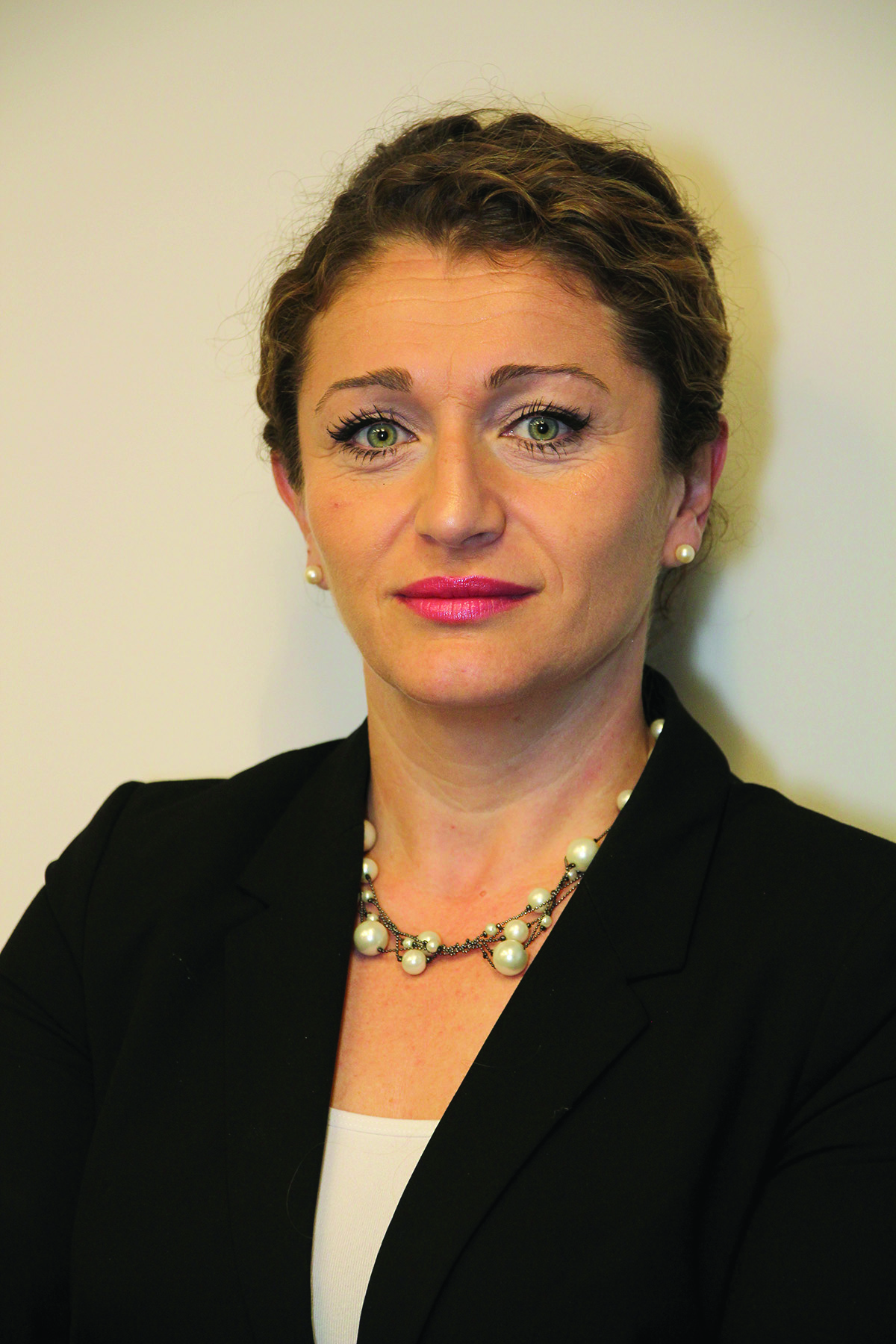
“All of Atlantic Health’s sourcing analysts added a simple adjustment to their process. When a local contract was coming up for renewal, they were required to check for a HealthTrust contracted option in the category and evaluate the opportunity to convert,” Brauer says. “This message was cascaded to each medical center and department and the expectation was set that nothing would be automatically renewed without first evaluating the HealthTrust contracts.”
When new contracts and contract changes result in savings, the success is not only recorded under the strategic sourcing annual savings goals—the facility department leaders and surgeons who are affected by the savings initiatives also get credit. That approach helped drive buy-in and create both competition and accountability throughout the system. “It is not unusual for an OR director or surgeon at one facility to hold one of their counterparts accountable if they are not working with the team or preventing savings from being achieved,” Brauer says.
In its first year as a HealthTrust member, Atlantic Health’s strategic sourcing department exceeded its savings goal by more than $10 million, with $13 million of total savings attributed to HealthTrust contract utilization. During the second year, the system exceeded its savings goal by $1 million, and nearly $11 million of the total savings is attributed to HealthTrust contract utilization.
Maximizing its HealthTrust membership has allowed Atlantic Health System to realize significant savings and maintain its No. 1 spot in compliance among AllSpire members. As compliance increases, so do savings and administrative fees, resulting in a stronger bottom line.
Standardizing and Simplifying Laboratory Tests
In 2018 alone, HCA Healthcare conducted more than 78 million laboratory tests. Given the number and importance of these medical records in helping providers make patient-care decisions, HCA Healthcare’s Continental Division—which includes Denver, Colorado, and Wichita, Kansas—initiated a laboratory stewardship project.
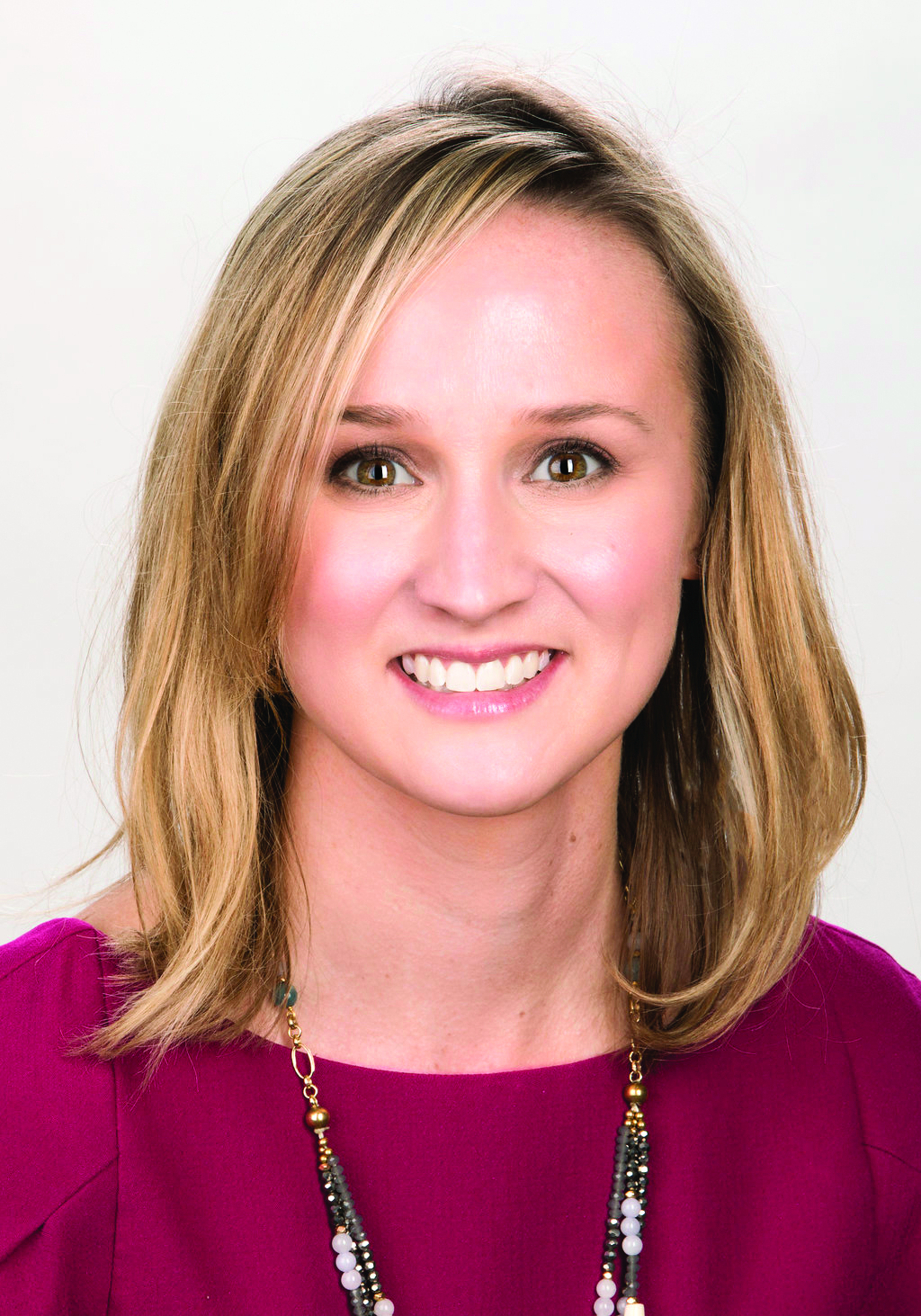
“While I was working with the Continental Division, our team determined that it was important to focus as much as possible on ensuring these lab tests provided measurable improvements in patient care,” shares Heather Signorelli, DO, FCAP, now chief laboratory officer for HCA Healthcare’s Clinical Services Group.
In 2016, HCA Healthcare’s Denver market established its Laboratory Stewardship Committee, including professionals from pathology, nursing, infection prevention, laboratory and multiple physician subspecialties. The following year, the Wichita market established its committee. With authority to change test menus and order sets for all of the hospitals in their market, these committees removed serial, redundant and obsolete orders from the test menu and created rules to help eliminate duplicate testing.
The work of the committees drove standardized data analysis and clinical decision support rules for tests within the electronic health records (EHRs). As a result, laboratories and providers received duplication alerts when the test they ordered was recently performed in a nearby hospital, along with the results from prior testing.
To address genetic testing, a review process was developed to engage genetic counselors and pathologists as part of the clinical team. Each genetic test order was reviewed based on clinical presentation. This process also helped manage the genetic test results and documentation of medical necessity to support outpatient reimbursement.
Because there is an ever-growing number of test options, HCA Healthcare physicians have enthusiastically supported the work of the committees and the simplified ordering processes that have resulted.
As of December 2018, the Continental Division was able to examine its large volume of data and further increase the accuracy of its lab test orders, improving patient care. “Because of HCA’s Healthcare’s scale, we’re able to really hone in on that kind of information and be even more precise in our test ordering,” Signorelli says.
Based on that success, HCA Healthcare implemented the laboratory stewardship program in each of its divisions.
Moving forward, HCA Healthcare is developing a laboratory formulary to implement standardized inpatient testing practices which focuses heavily on genetic testing recommendations, Signorelli explains.
“This includes a review process for genetic tests with a genetics team member prior to being sent out,” she says. “This process will also help ensure that qualified genetics team members in partnership with our physicians follow up on the results.”
Ramping Up Physician Involvement in Supply Chain Procurement
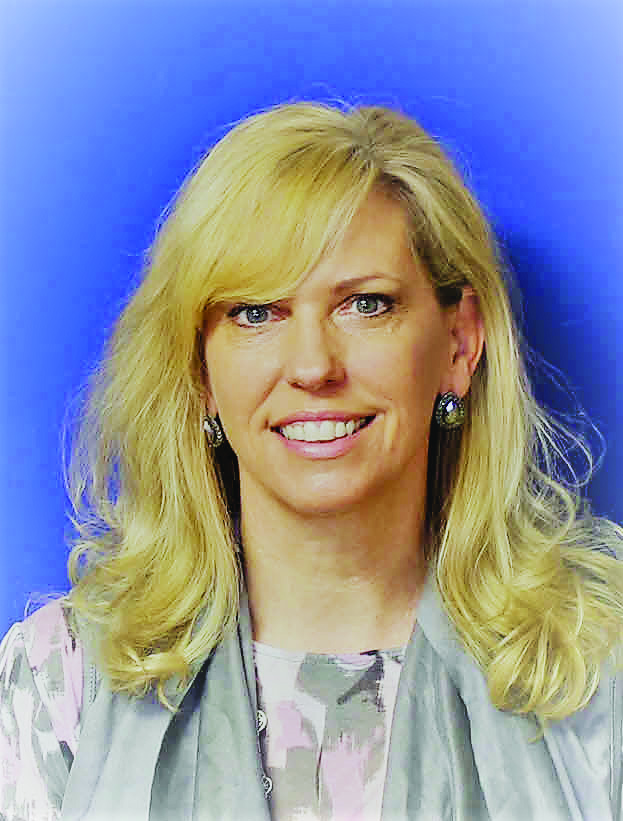
When the University of Oklahoma (OU) Medical Center launched its Value Analysis Committee (VAC) in August 2018, “outside of our chairman, none of the surgeons on the committee had ever heard of a group purchasing organization,” says April Imel, BSN, RN, director of value analysis at the OU Medical Center. “We had to explain standardization, contracts and compliance issues involved with a GPO, and we had to do a lot of work to establish trust.”
The committee set a goal of reaching $1.2 million in estimated savings during its first year, and by establishing “strong communication, regular meetings, supplier and HealthTrust support, it met the goal in just eight months,” Imel shares.
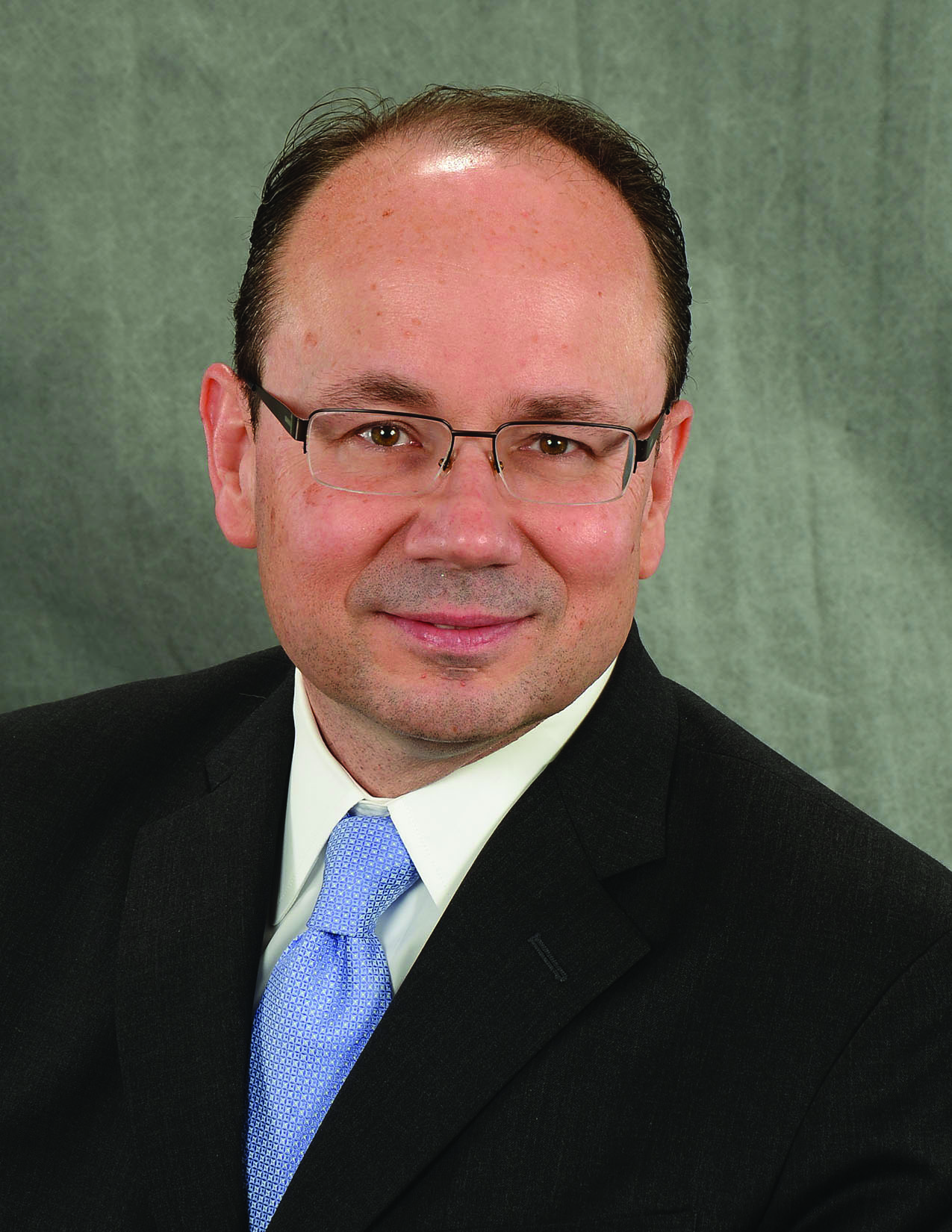
OU’s supply chain leaders used HealthTrust’s Value Analysis Toolkit to build a VAC and define policies and procedures, with goals of increasing accountability and fiscal responsibility, as well as bringing safe products and savings to the facility. After assessing the status quo, supply chain leaders partnered with C-suite executives to ensure their support and buy-in, recruited physician representatives from a variety of service lines, and appointed Michael Cookson, M.D., MMHC, as chairman of the committee.
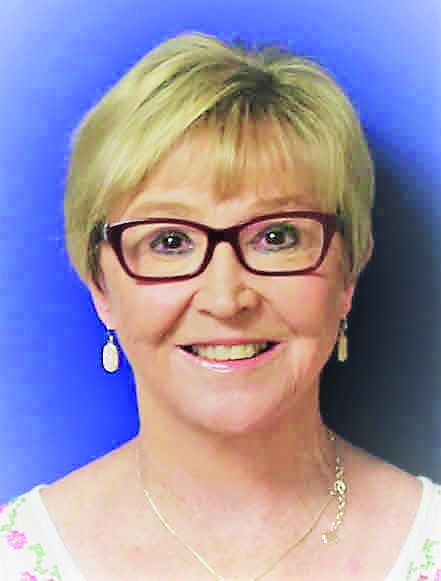
While most physician committee members were not aware of the inner workings of the supply chain, leaders used research and open communication to build understanding and commitment. “We are an academic medical center, so our physicians are already in tune with evidence-based literature, says Dee Cross, MSN, RN, administrative director of value analysis. “When we provide literature to back up purchasing decisions, they take it to heart and realize when a particular product has actually changed or when there isn’t any discernible difference between a lower-cost and a higher-cost product.”
In addition to educating committee members about contracts and purchasing rationale, value analysis professionals also made a commitment to respect committee members’ time and schedules.
The team designed a standard agenda for each VAC meeting and, a week in advance, sent out information about which products would be discussed. This allowed members to thoroughly research new devices and make more efficient use of meeting time. When the committee makes decisions to add new products, Imel and Cross spend time explaining the ramifications to affected departments. “We share the decisions being made, which products were approved and which ones we want to deplete and why,” Imel says. “If you explain the rationale, you can get buy-in. We are both nurses who have had products change without any explanation, so we understand the importance of communicating the change with everyone it impacts.”
The VAC also developed a quarterly newsletter to communicate committee decisions with physicians and staff. As the savings have stacked up, staff across the hospital have become increasingly committed to the value analysis goals. “I’ve had doctors call me concerned because they’ve seen a certain product in the OR that needs to be removed because it’s costing us too much money,” Imel says.
Providing Aid to Community During Disasters
After the terror attacks of Sept. 11, 2001, the Scripps Disaster Preparedness Office formed the Scripps Medical Response (SMR) team. “It was an acknowledgement that if such a disaster, manmade or natural, occurred in our community, we would need to be better prepared,” says Mike Godfrey, ABC, senior director of corporate communications at Scripps Health in San Diego. “As we made our staff, hospitals and other facilities more prepared, we also wanted to make teams available to help elsewhere if needed.”
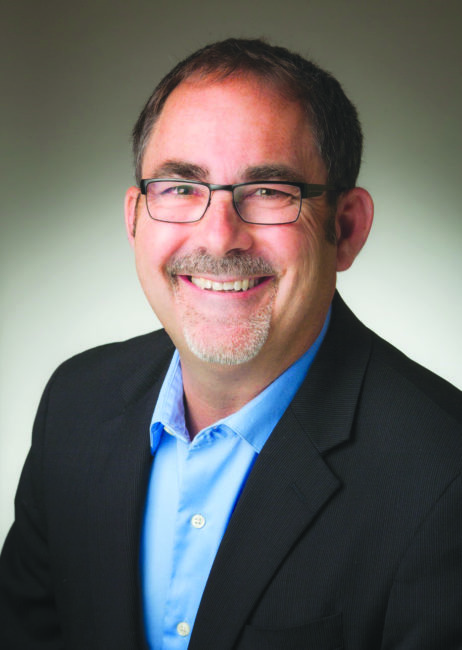
The team helped on the Gulf Coast after Hurricane Katrina in 2005, in Haiti after the 2010 earthquake and in Nepal after the 2015 earthquake. Most recently, the SMR team helped provide relief to victims of the California wildfires. In Nov. 2018, in the wake of the Camp Fire, three teams of Scripps employees voluntarily deployed to Chico, California, to provide staffing and support in the region’s relief center medical clinics. Each team was deployed for seven- to nine-day stints over a four-week period.
The wildfire left 20,000 California residents homeless and without healthcare, prescriptions and other necessities. Many of these residents, including families, were in temporary shelters. For these displaced adults and children, the only healthcare available was at clinics set up by the state emergency medical authority. SMR staff provided that care, assisted the displaced in obtaining critical prescriptions, helped prevent the spread of flu and respiratory illness, and more. Scripps team members also staffed medical clinics 24/7 at relief shelters, saw and treated patients, gave immunizations, and provided administrative support to families and relief workers.
While providing relief efforts, Scripps employees lived in a “tent city” with hundreds of other relief workers. They put in long shifts of 12 to 15 hours, in
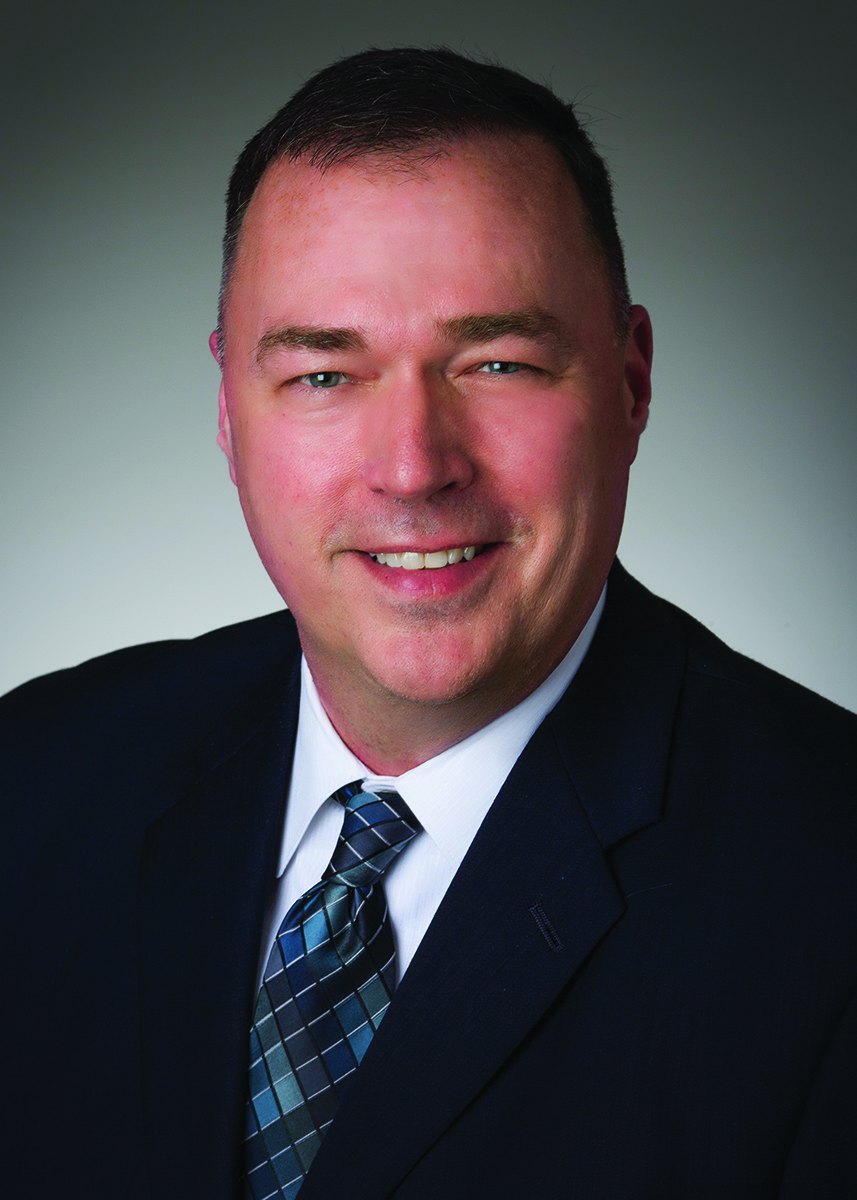
cold temperatures during the holiday season. But team members preferred to be serving rather than in the comfort of their homes, says Steve Miller, RN, MS, FACHE, senior director of clinical services at Scripps Memorial Hospital Encinitas and an SMR team leader.
An organized process makes it easy to deploy SMR volunteers quickly when a call for help goes out. The Scripps Disaster Preparedness office has a list of all potential SMR team volunteers, and interested employees update their information each year. When there’s an opportunity to deploy, an email goes out to all on the list asking about availability.
“Once the skill set is narrowed down, the list of those available is narrowed down until we come up with a good first team that meets the relief requirements,” Godfrey says. “Sometimes physicians and nurses are the priority. Sometimes it’s nurses and behavioral health staff. We also always include someone on each team to support the team from an administrative and logistics perspective. We always want to ensure our team is safe, even if they’re working under the auspices of another agency.”
Scripps employees who volunteer put their regular jobs and lives on hold to help others, and their co-workers step forward to fill in the gaps while they’re serving. “It’s truly an organization wide commitment to helping fill community needs, both nearby and around the world,” Godfrey notes.
It’s not always possible to help in every situation, so Scripps leaders focus on opportunities where they can make the greatest difference, keep their staff safe and, when possible, provide learning opportunities for those who are serving. “The most valuable relief effort is when you can help others and bring valuable information and experience back to your own health system and community,” Godfrey says.
Decreasing Drug Spending with Standardization and Innovative Solutions
Community Health Systems (CHS) mitigated rising hospital pharmacy costs by implementing innovative cost control measures that decreased drug spend as a percentage of net revenue over a 24-month period from Dec. 2016 to Dec. 2018. In the current environment of hyper-inflated drug prices, ongoing drug supply shortages, and natural disasters derailing manufacturing and distribution processes, these improvements are significant.
The process started by “evaluating where we were in providing pharmaceutical leadership,” says Jerry Reed, MS, RPh, FASCP, FASHP, vice president, pharmacy services at CHS. “We began developing innovative solutions to address dramatic increases in the price of drugs, including major changes in our culture and focus. The changes weren’t just financial, but also operational and clinical.”
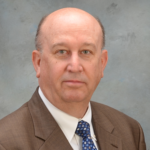
One of the first changes was to transition medication formulary decisions from local oversight to a single formulary across all affiliated facilities. CHS did this by creating a corporate Formulary Management Committee (FMC), which seeks to involve physicians from various specialties in formulary management-related decisions. The committee has been “very instrumental in our success,” Reed says.
The unified formulary has helped CHS to reduce the number of medication items stocked, leading to reduced drug expense and increased efficiencies without adversely affecting clinical care or patient outcomes. By standardizing costs through redistribution and centralized distribution of products between its facilities, CHS has reduced the negative impact of drug shortages and hyper-inflated drugs.
The pharmacy leadership team has implemented clinical and operational toolkits to support the changes and it has enforced HealthTrust contract compliance through corporate pharmacy controls. This results in improved contracting potential and maximum rebates.
Throughout all the changes, ongoing and open communication has been the most important factor for success, Reed says. “That includes communication with CHS-affiliated facility leadership, physicians, local pharmacy directors, pharmacists and various vendors such as outsourced sterile compounders.”
For instance, the pharmacy leadership team developed webinars and other continuing education programs to keep stakeholders informed about updates and savings opportunities, according to Reed. “The educational materials included the financial results of the changes, along with recent evidence-based literature to support the new decisions,” he says.
Pharmacy leaders have worked closely with other IDNs by holding periodic meetings with counterparts at other facilities to find out what’s working for them and to look for ways to transfer those successes to CHS. “It is critical for us to learn from colleagues about their successes and challenges,” Reed says.
To better support these new processes, some staff job roles and responsibilities were amended to provide a greater focus on financial performance, Reed adds. This interdisciplinary solution has helped CHS to decrease drug waste and maintain purchase compliance, resulting in ongoing savings.
Share Email Finance, Operations, Performance Improvement, Q3 2019





